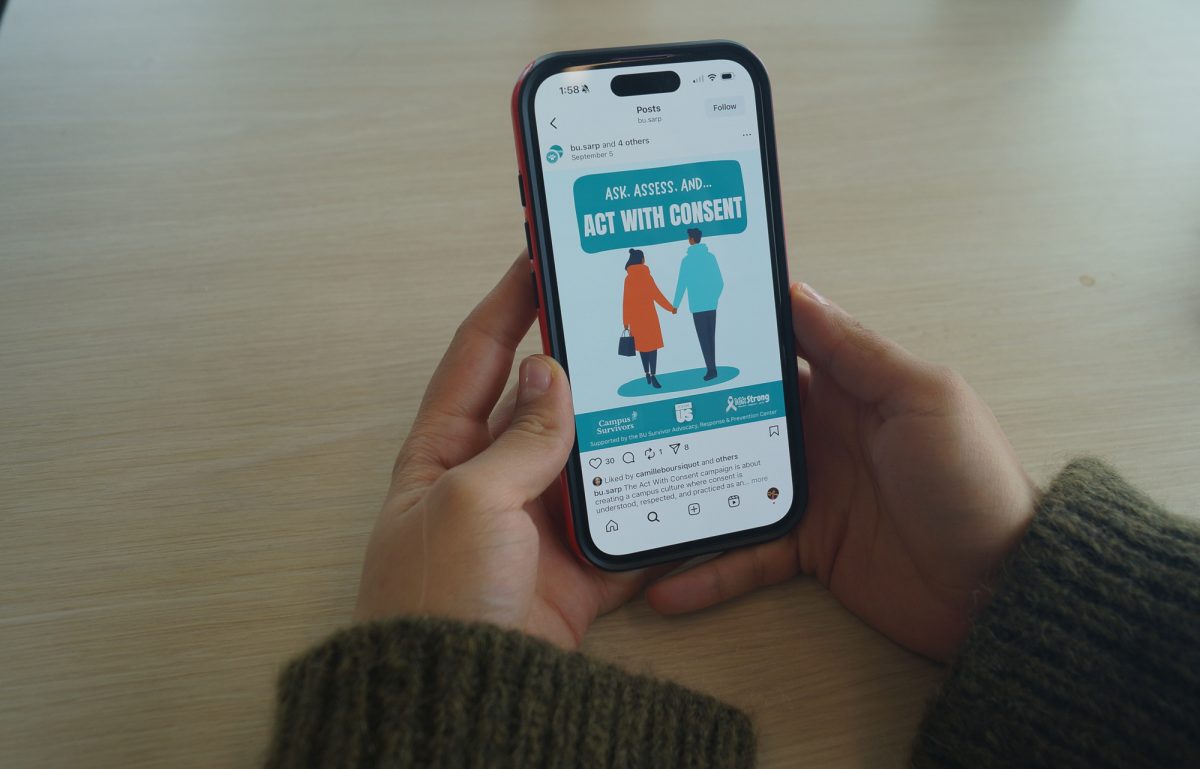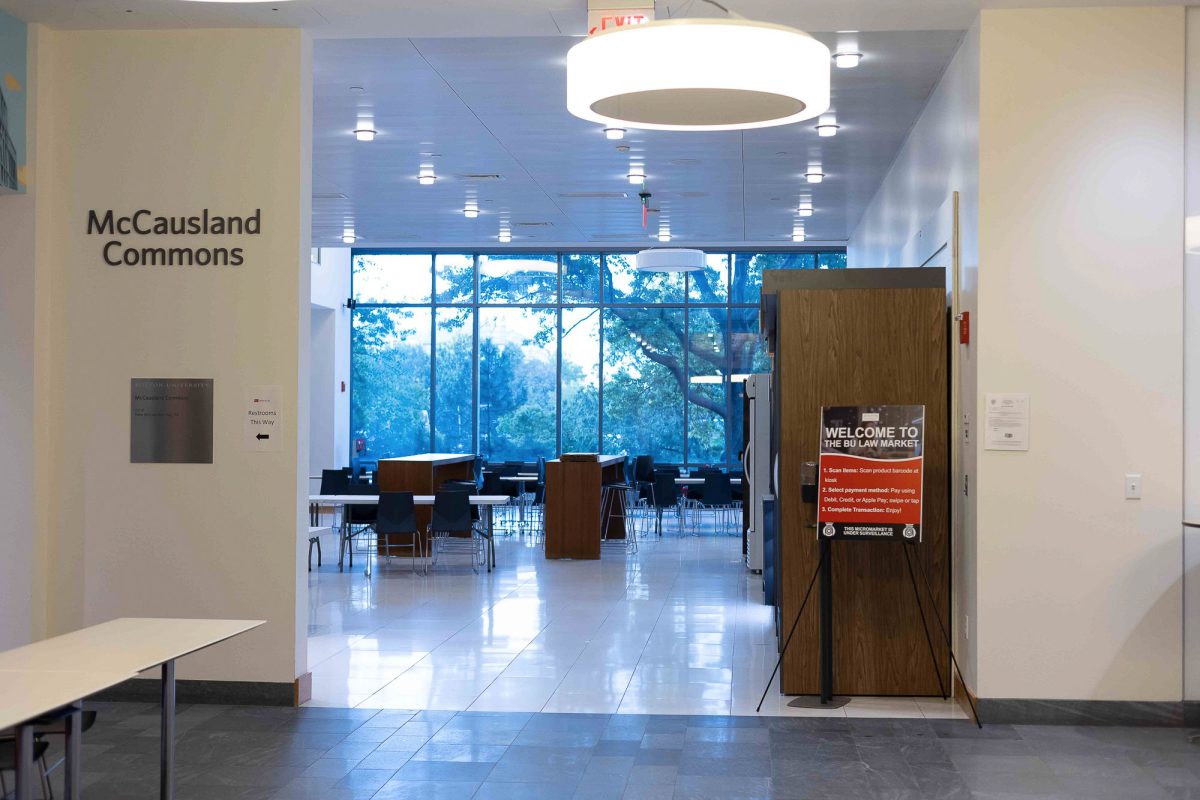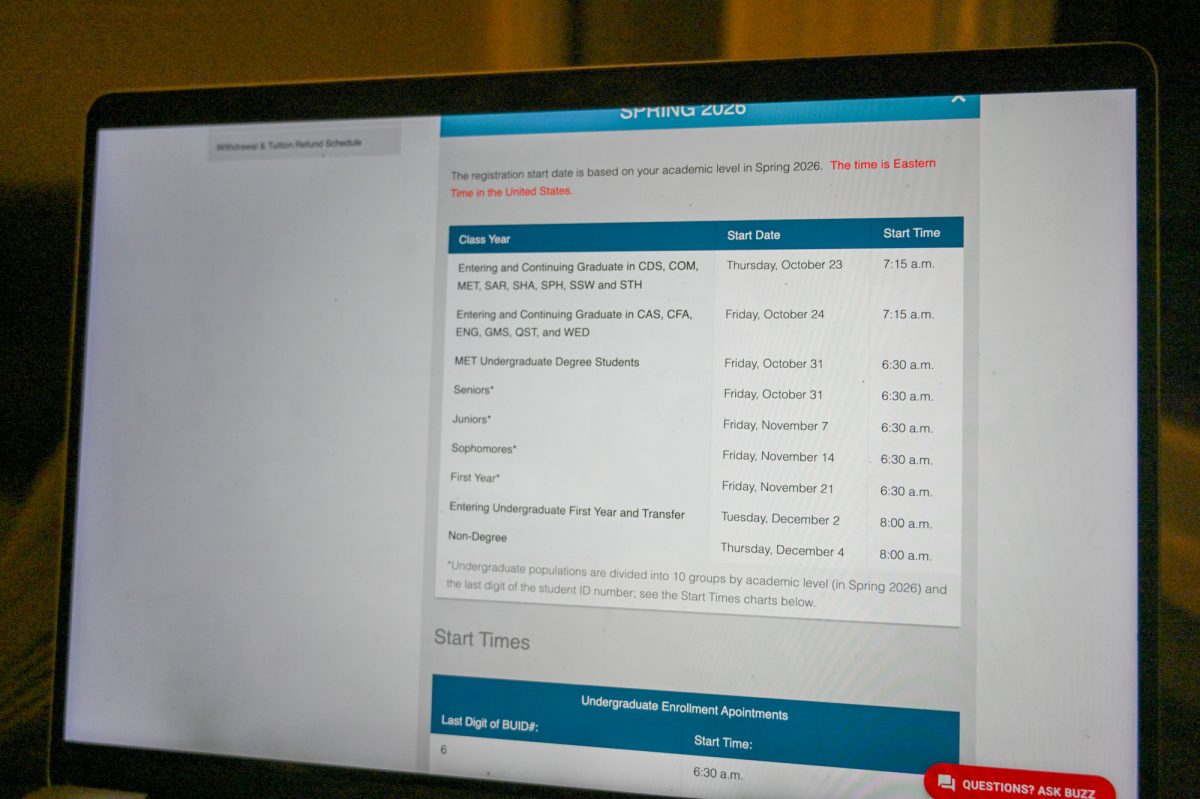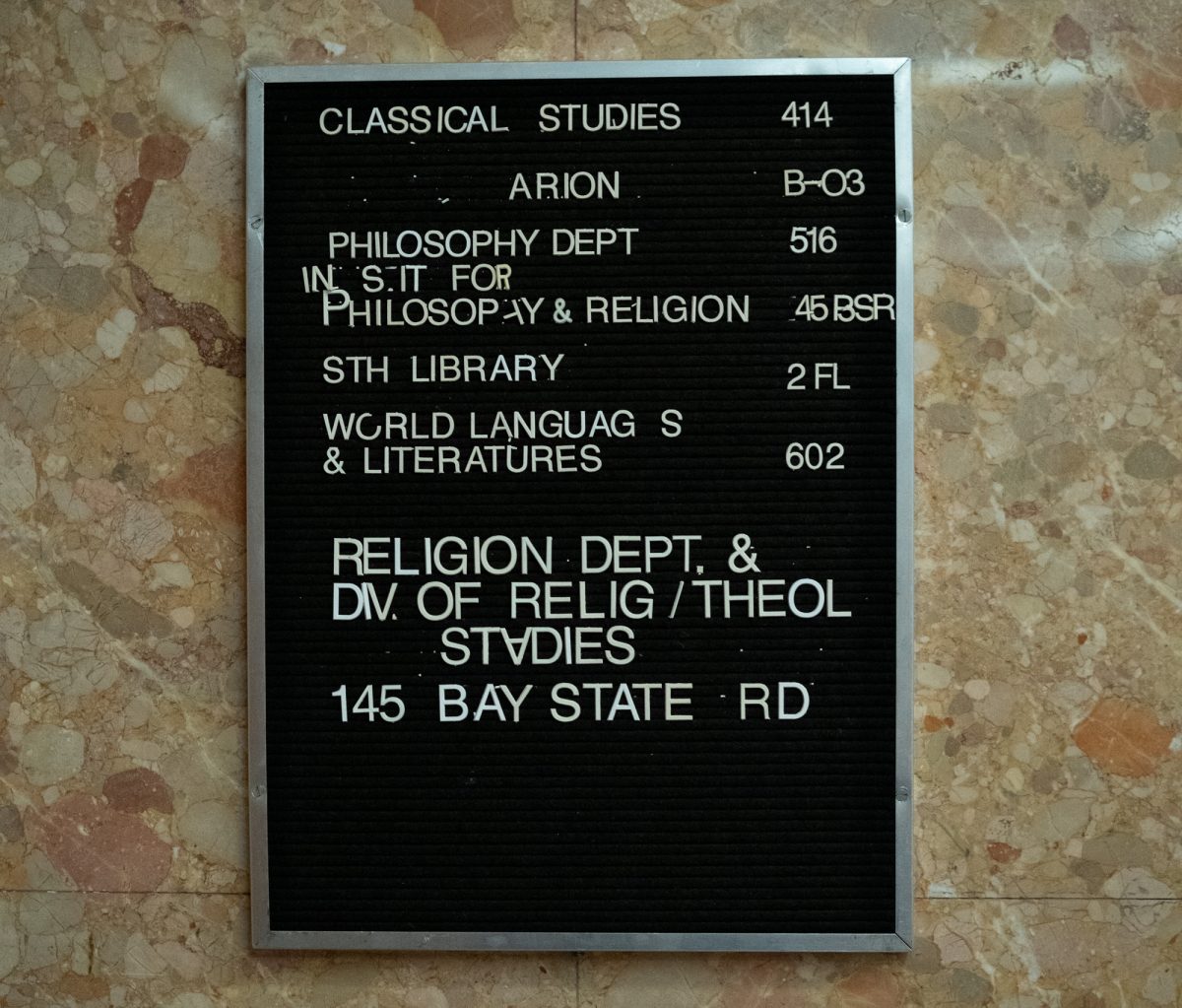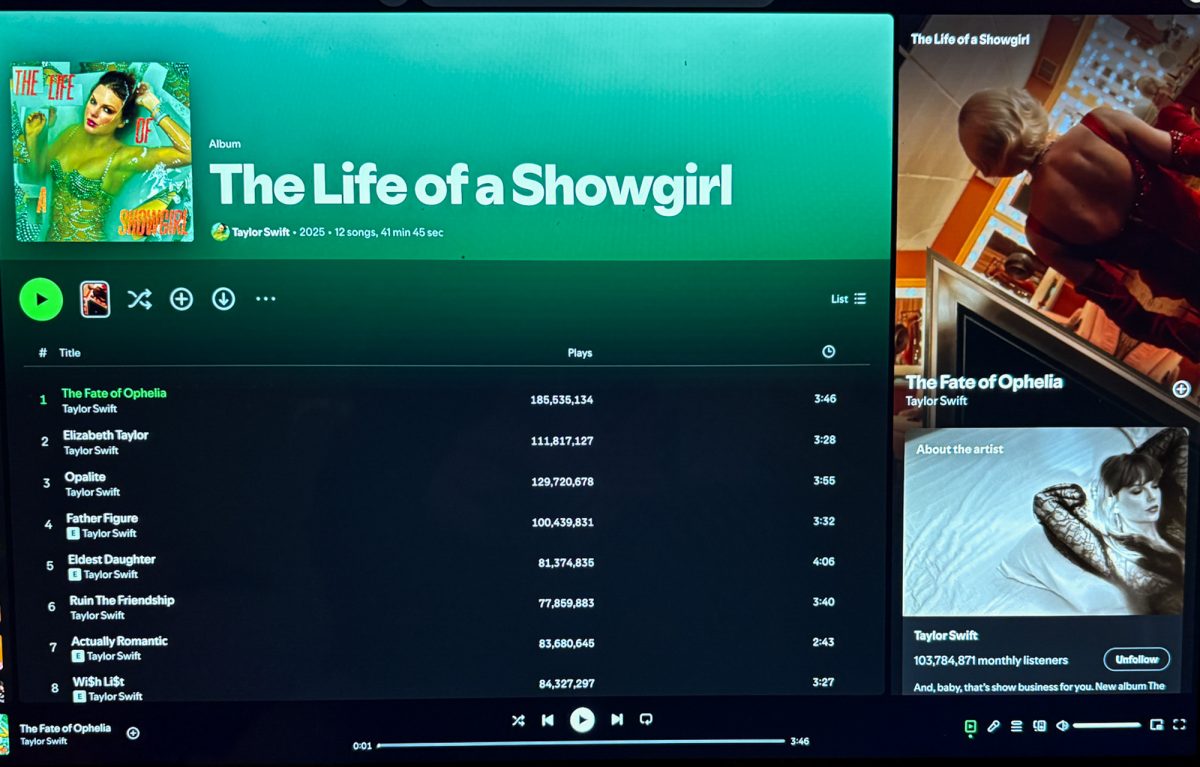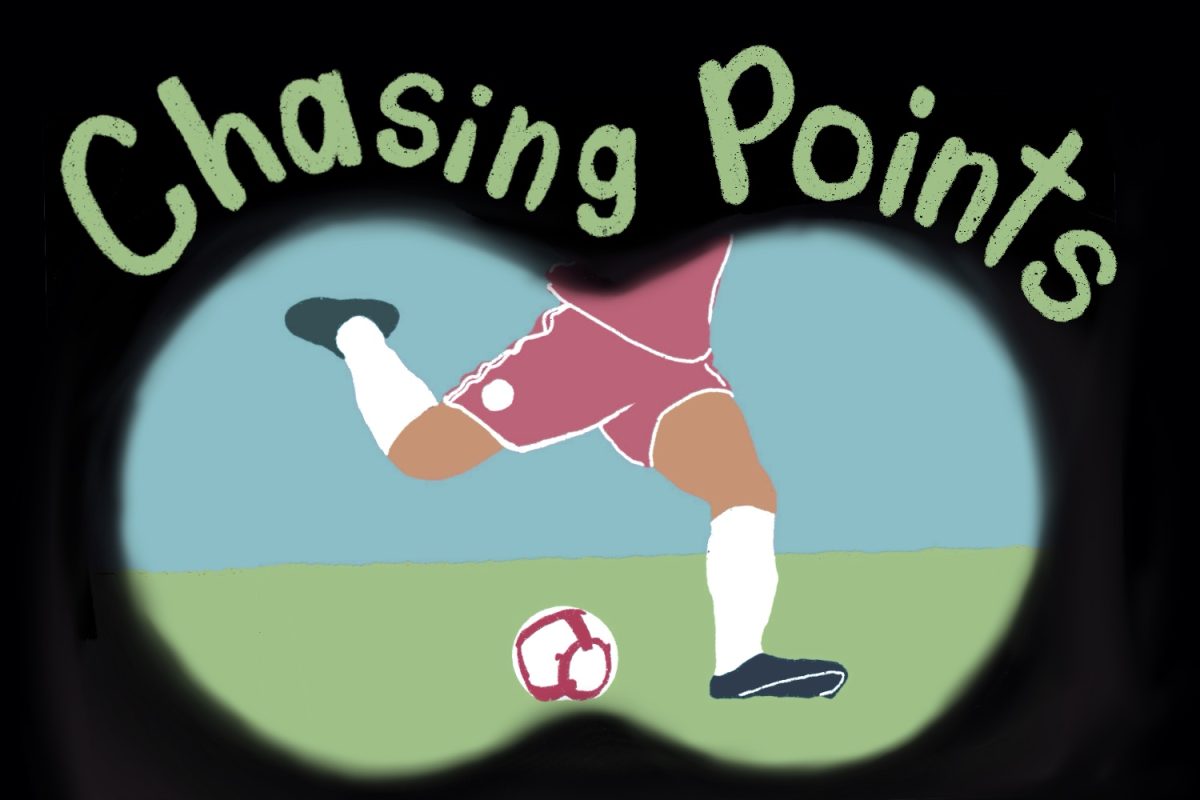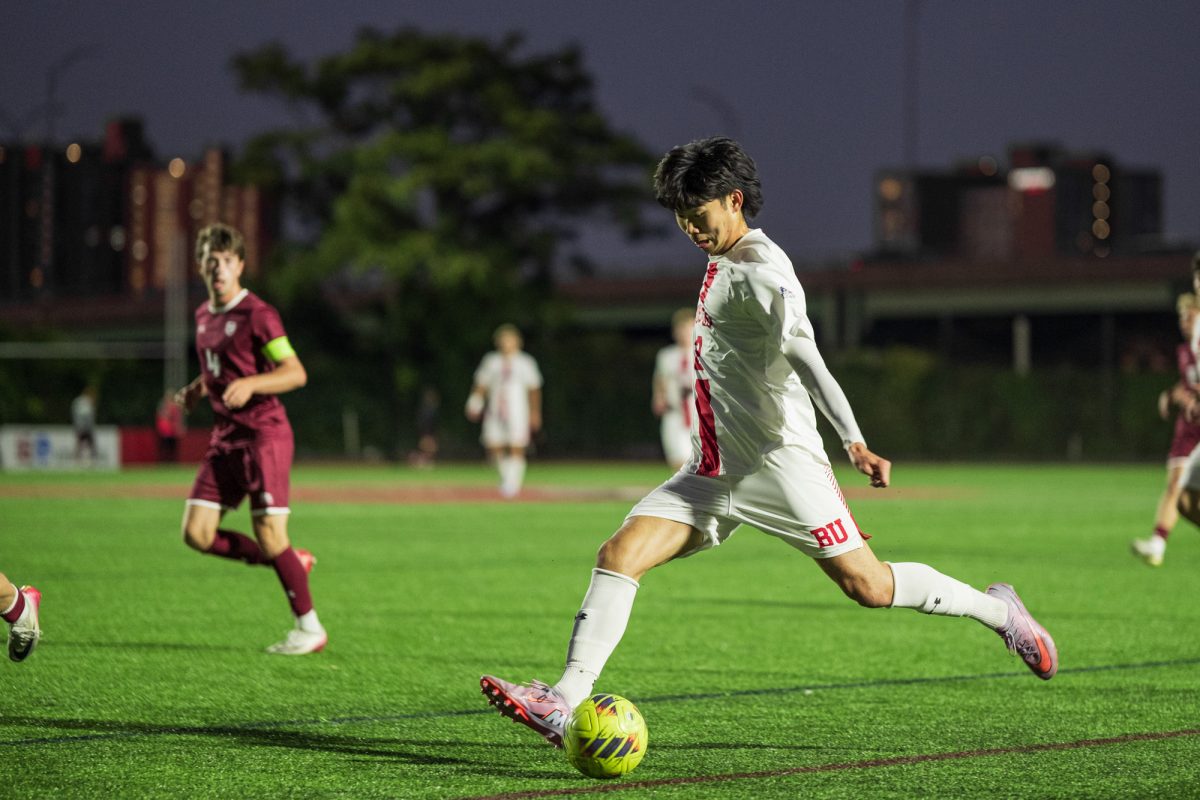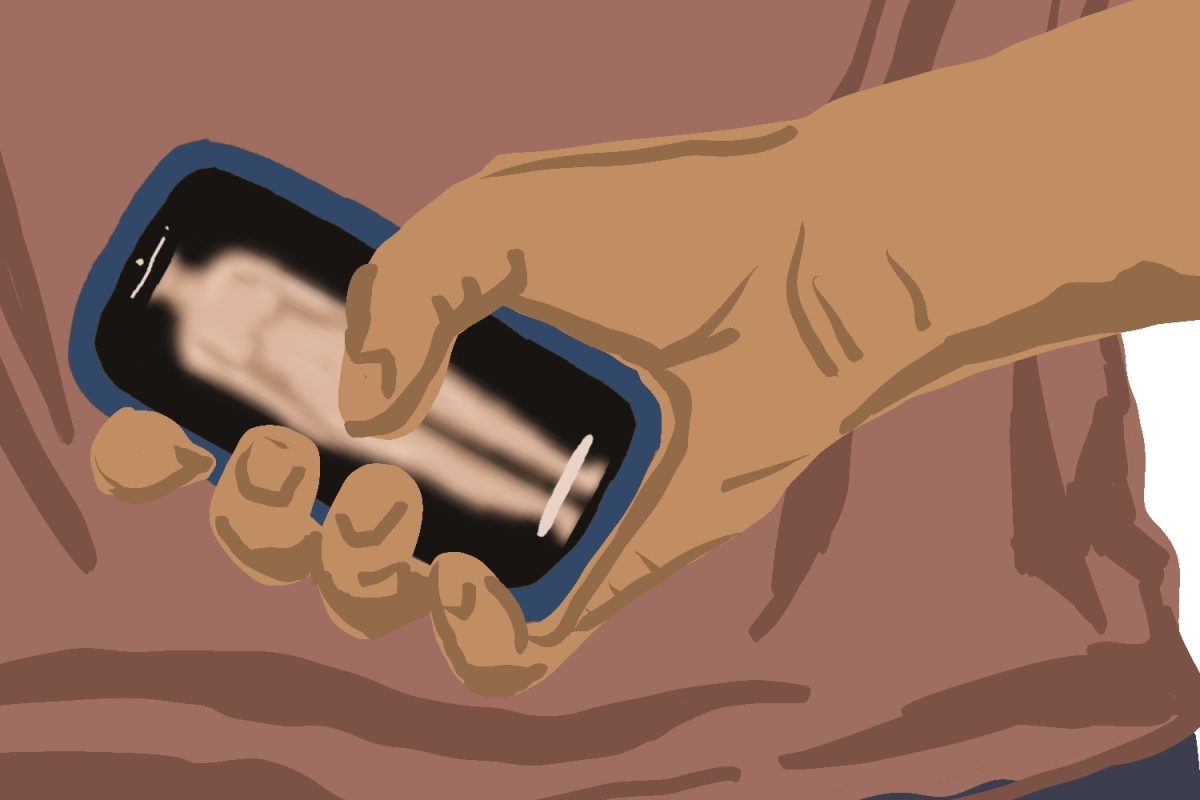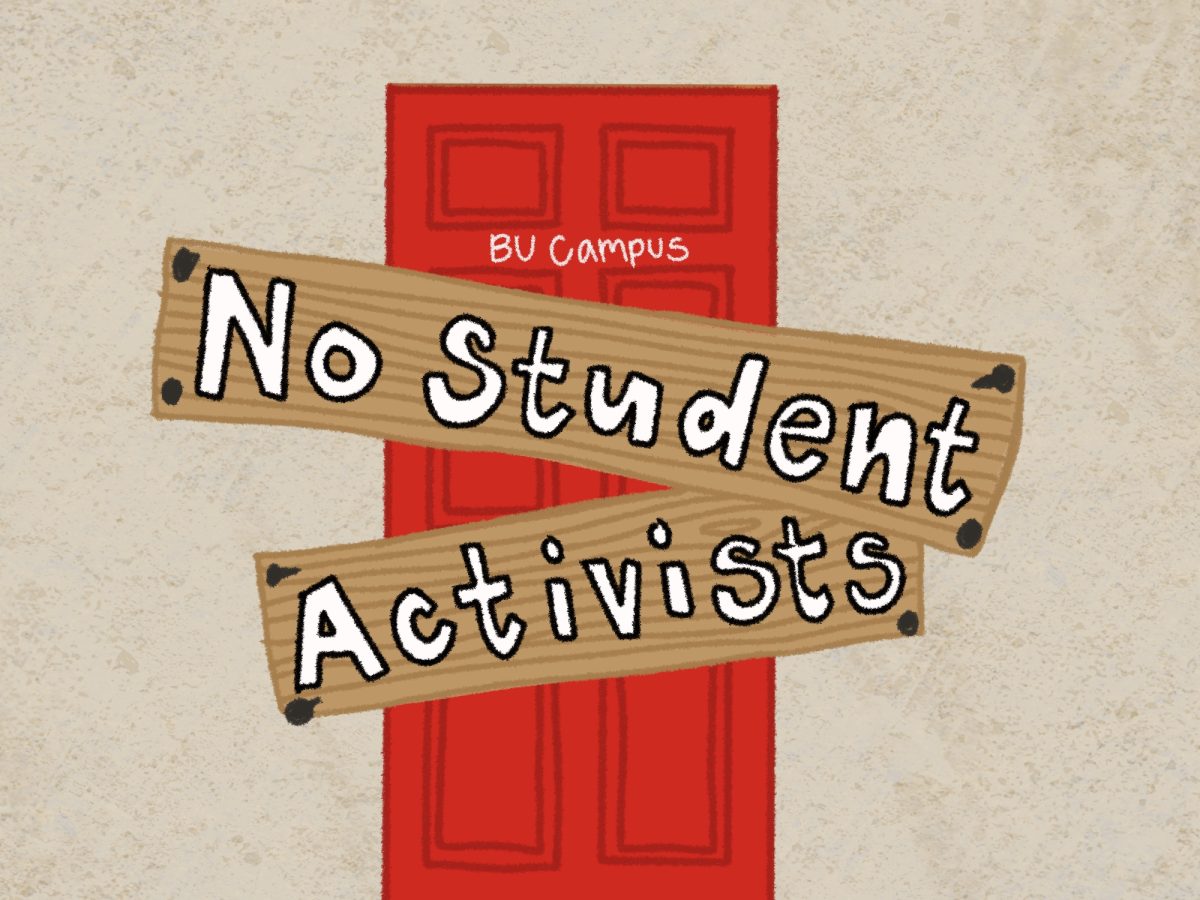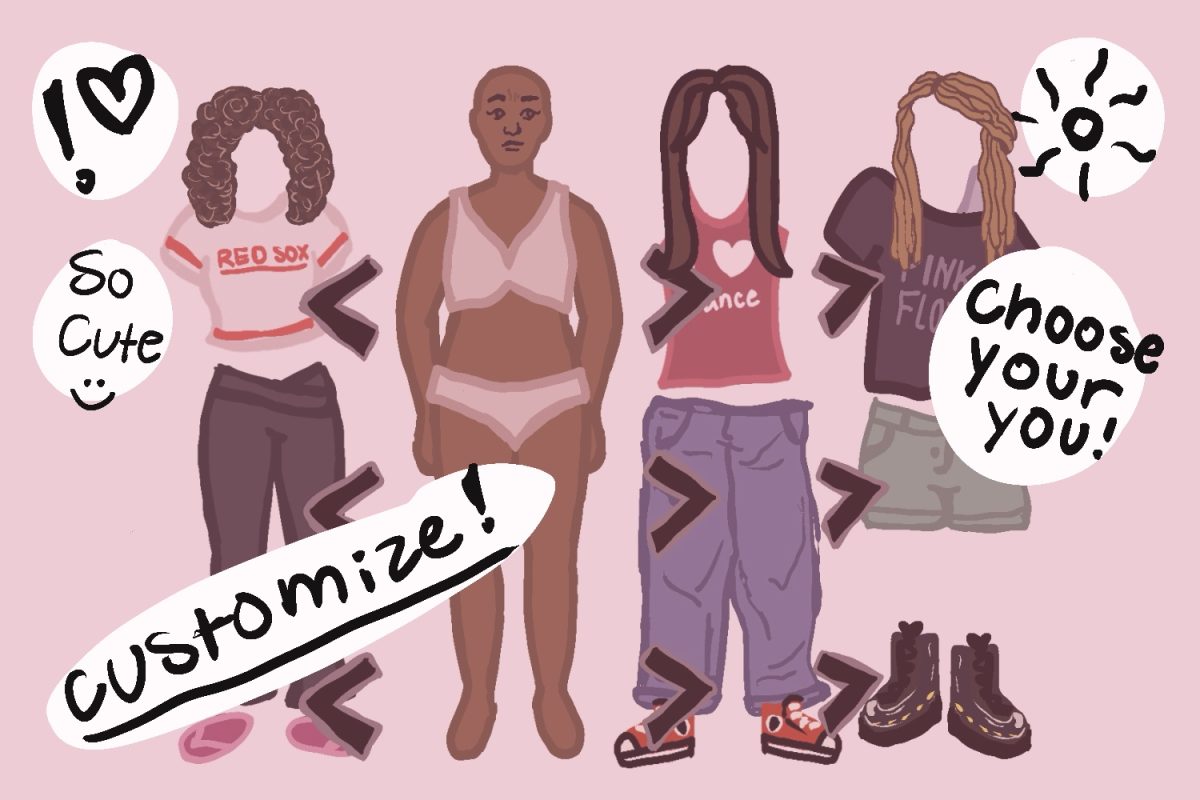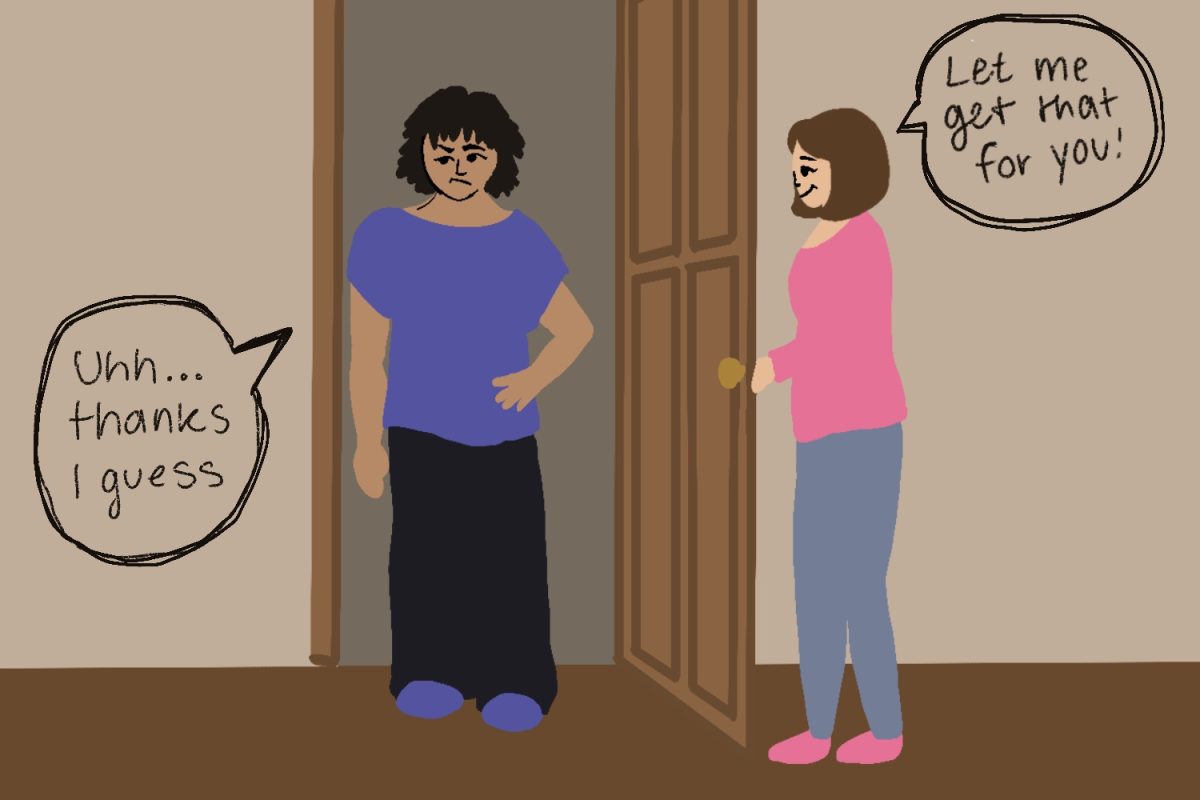With the proliferation of Zoom-dominated learning environments, classrooms were bound to meet technological difficulties, noisy distractions and unpredictable mistakes. But as we settle into our newfound culture of virtual education, these meetings no longer serve as a casual break from actual learning.
Rather, as we find ourselves more and more established in this environment, we’re developing a common understanding of the dos and don’ts for Zooming.
Still, we have our shortcomings.
Zoom sessions around the country are having undesirable and unwelcome guests pop into their meetings. During a second-grade art class in Taunton this week, an older child exposed himself on camera in front of a group of around 10 students. The teacher was unable to solve the problem immediately, and the incident lasted between five and eight minutes with a symphony of screaming parents in the background.
While this is a strange and traumatizing event for all involved, it is easily preventable. Zoom meetings should be password-protected to ensure only invited guests are able to join.
The unsuspecting teacher did not know how to handle the situation or solve the problem. In the same vein, some professors are still struggling to master Zoom technology. Students must be more accommodating toward their instructors during this time — at least in the beginning.
Professors did not sign up to teach through a webcam and were forced into this situation just as quickly as students were. If your professor is fumbling with the Zoom settings, or repeatedly asking if their screen-share is working, be kind and offer help.
Some rustiness with technology is by no means grounds to poke fun at instructors or get impatient — older professors did not grow up immersed in the Digital Age, and they are doing their best to learn.
However, success in a virtual classroom setting requires a two-way street of respect and understanding.
Instructors are in control during lectures and discussion sections. If they forget to send out a Zoom link or cannot resolve some pressing technological difficulty that prevents the whole class from learning, they must acknowledge it is not the class’s fault for not gleaning the day’s information.
Professors also set the rules for virtual courses just as they do for in-person ones. Some require cameras to be on at all times, and some even require the microphone to stay on — which can be an unproductive request. To ask a person to control and limit all of the noise in their environment is impractical.
Just as professors are often not teaching in their physical classroom, a lot of students are learning in their living spaces. This presents a hybrid class-home environment, where a slew of unpredictable scenarios will occur that students cannot necessarily escape in the moment.
Nevertheless, we must balance this environment and not abuse the situation as a way to be too inappropriately comfortable in class.
For camera settings, it is a sign of respect to keep yours on during large lectures, and especially during smaller discussions, to show that you are engaged with the lesson. When everyone’s cameras are off, it feels even more impersonal, and is a sad reminder of just how deeply we are deprived of human connection.
The gallery-view screen filled with black rectangles and names instead of faces brings back the nostalgic memories of lecture halls slowly becoming more empty as the semester progresses and students stop showing up to class.
Still, not everyone has a home environment they are comfortable with exposing to a class. Having your face, bedroom and potential family members broadcasted before upwards of 300 people is fairly daunting and strange.
Background images are a great way to combat this exposure, as long as they are a normal, non-distracting image. Try the vibrant Swiss Alps or serene countryside if you would like to pretend you’re not in a dusty dorm or your childhood bedroom.
And to ensure fewer on-screen distractions for others, maybe refrain from shoveling down a three-course meal or going on your morning jog during class. Be respectful when choosing how you control your microphone and camera.
Luckily, we have the flexibility to control these settings. The default should almost always be camera on and microphone off, so that you can actively engage in class. Of course, turn your camera off if need be — no one needs to see you going to the restroom. But understand that you should set yourself up in an area you’ve designated for learning.
Keep in mind that while you are on camera, you are being recorded. Professors and teachers record lectures as a tool to aid asynchronous learners and the class as a whole. Boston University in particular is even temporarily preserving all recordings for potential use in court.
Remember, your safest bet is always to assume that your microphone is on. And as a courtesy to everyone in class, make sure you actually stay on mute whenever you’re not trying to be heard. Everything you say, and even type in the chat box, is likely kept on record.
It’s never been easier to slip up when trying to hide your poor behavior in class.
There are countless stories to tell of speaking or making noise when you thought you were on mute — you don’t want to be that person. In addition to watching what you say, watch what you wear and where you are working.
If you are in the comfort of your home and want to attend class in your bed, go for it — even professors who mandate all cameras be on don’t have the jurisdiction to control your location. But understand there is a difference between sitting in bed fully ready to learn and snuggling under your comforter on the brink of your R.E.M. cycle.
Online learning is now our reality, and the respect and energy we took into physical classrooms should be carried into our Zoom spaces as well.






